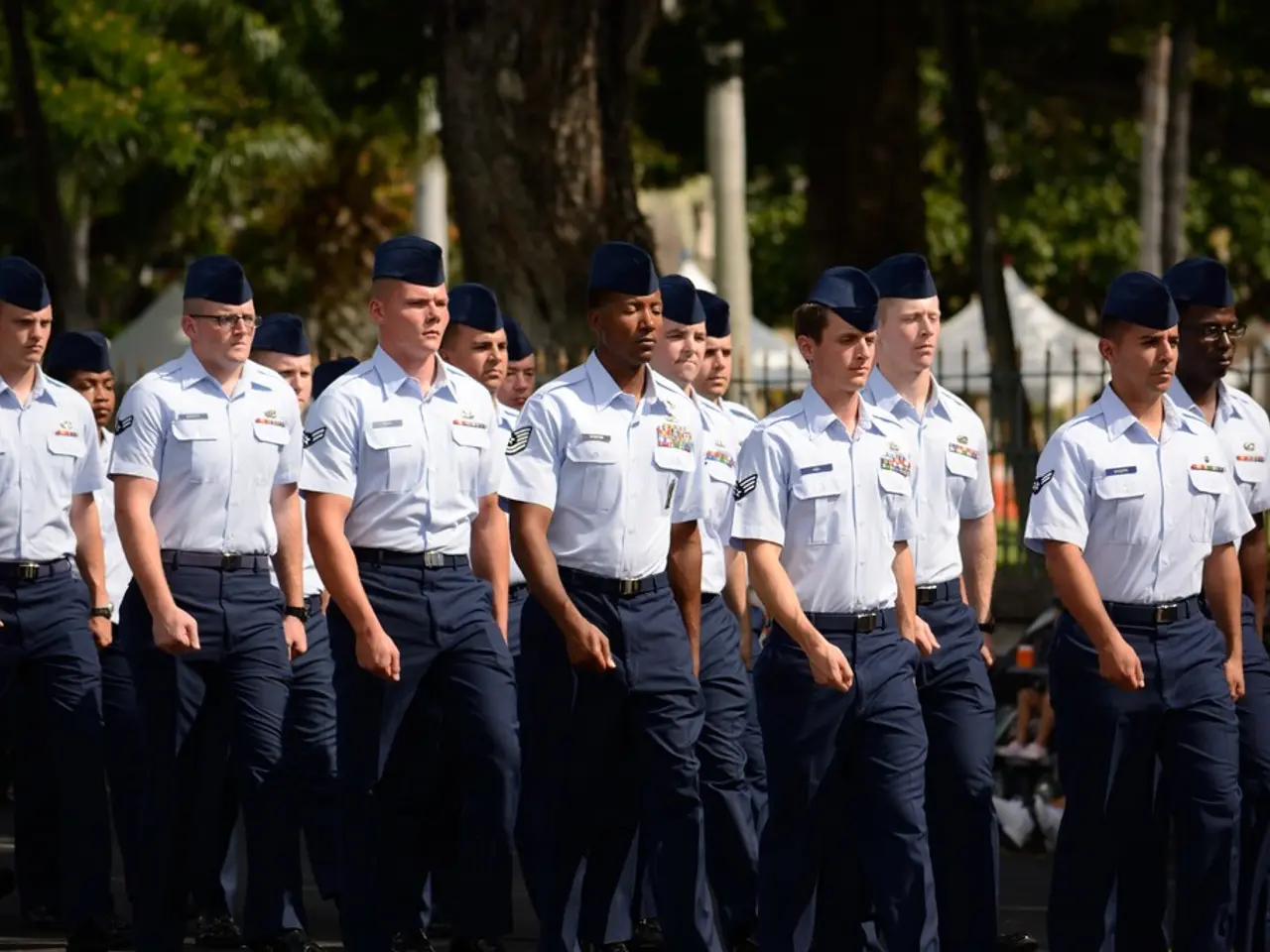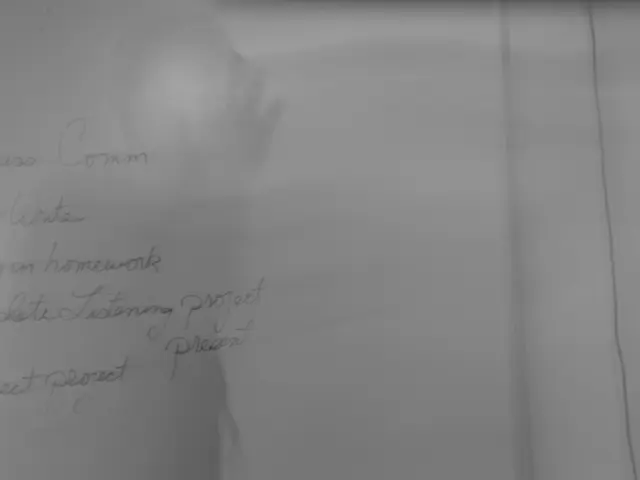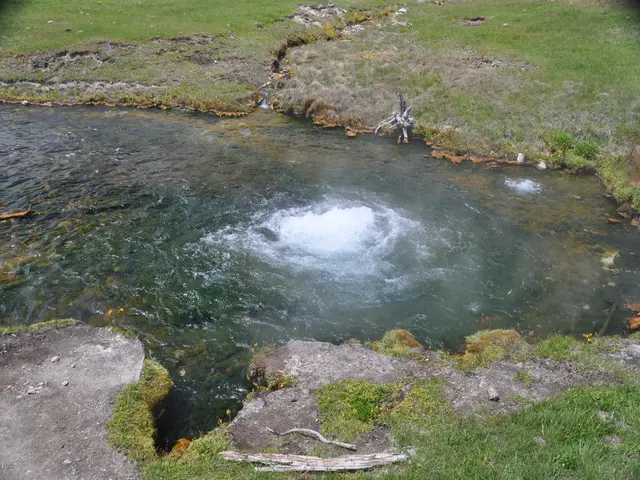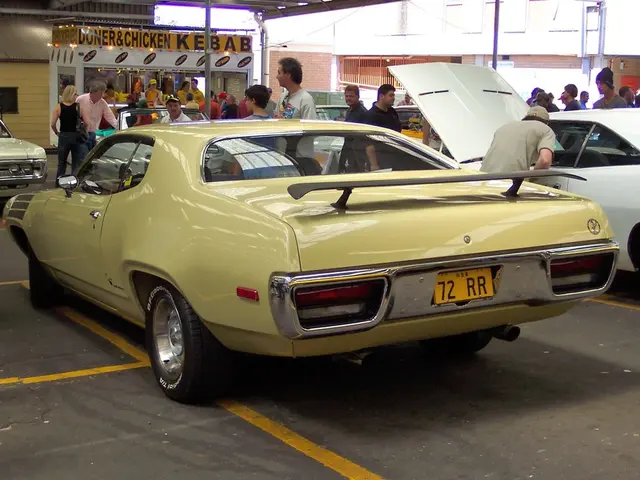Strategies for Enhancing Diverse Participation in Outdoor Activities under Biden's Administration
The Biden administration is taking significant steps to make public lands and urban parks more accessible and welcoming to Black, Indigenous, and People of Color (BIPOC) communities.
Historically, national parks were segregated, relegating Black people to certain areas where they couldn't mingle with white visitors. Today, the administration aims to rectify this by implementing inclusive programming, improving infrastructure, and addressing barriers to participation.
One key approach is developing inclusive recreation programs that cater to diverse groups, addressing specific community needs such as adaptive gear and sensory-friendly options. The administration also plans to improve physical access through infrastructure investments like accessible trails, fishing piers, campsites, and mobility devices.
Engaging with BIPOC communities is another crucial step. By understanding and removing social, economic, and cultural barriers to outdoor participation, the administration ensures that programming is relevant and welcoming. Supporting community partnerships and federal funding initiatives targeted to historically underserved populations will also expand access opportunities.
The administration is also integrating equity goals in federal land management policies, possibly aligned with broader climate and environmental justice efforts under the Biden administration’s agenda.
Despite progress, there are challenges. Conservationists forcibly removed Native Americans from their ancestral lands in national parks. Last year, the Park Police used chemical gas against peaceful Black Lives Matter protesters at Lafayette Square in Washington, D.C. Under President Donald Trump, park rangers moonlighted as border agents. There is no recognition of the Rosenwald Schools, which educated Black kids during Jim Crow, in the park service system.
However, there are positive developments. The U.S. Park Police has its first Black woman chief, Pamela Smith. She has implemented a policy requiring officers to wear body cameras, a step towards accountability and transparency. The Department of Interior lacks a database to track incidents between the police and the public involving Park Police or park rangers, but Smith's leadership could bring about change in this area.
Tribal communities in southern Nevada are pushing for the Avi Kwa Ame National Monument, which would honor the sacred Spirit Mountain. This move demonstrates the administration's commitment to acknowledging and preserving Indigenous history and culture.
In conclusion, the Biden administration's focus on equity, universal access, and inclusion in federally funded parks infrastructure and programming is a strong foundation for meeting the goals of making public lands truly accessible and welcoming to BIPOC communities. Additional steps might involve collaboration between federal agencies, local governments, and community organizations to co-create access initiatives tailored for BIPOC urban populations.
- The community newsletter of the magazine highlighted the administration's steps to make public lands accessible for Black, Indigenous, and People of Color (BIPOC).
- These steps include implementing inclusive programming, improving infrastructure, and addressing barriers to participation in urban parks.
- Articles in the magazine's lifestyle section discuss the crucial role of developing inclusive recreation programs that cater to diverse groups.
- The administration is planning to improve physical access through infrastructure investments like accessible trails, fishing piers, and mobility devices.
- The magazine's environmental justice segment delved into the administration's aim to engage with BIPOC communities and understand their specific needs.
- The fashion-and-beauty section featured success stories of BIPOC communities participating in outdoor activities due to these initiatives.
- Food-and-drink articles emphasized the administration's efforts to ensure various food options are available for visitors in public lands.
- Relationships advice columns discussed the role of relationships in encouraging BIPOC communities to explore public lands.
- The magazine's pets section shared the administration's plans to make parks more pet-friendly to encourage more BIPOC families to visit.
- Travel articles highlighted the administration's commitment to making public lands appealing for diverse travelers.
- The cars section discussed the potential for eco-friendly vehicles to facilitate easy access to public lands.
- Books in the education-and-self-development section reviewed books on the history and importance of outdoor spaces for BIPOC communities.
- Personal-growth articles explored the benefits of spending time in nature for emotional and mental well-being for BIPOC individuals.
- Big-wins sections shared success stories of BIPOC individuals who overcame barriers to accessing public lands.
- Shopping guides provided recommendations for outdoor gear suitable for BIPOC individuals.
- Social-media influencers have been sharing the administration's initiatives on their platforms, encouraging their followers to explore public lands.
- Movies-and-TV shows have begun featuring stories about BIPOC characters engaging in outdoor activities and visiting public lands.
- Career-development articles examined the possibilities for jobs in the outdoor recreation sector among BIPOC communities.
- Casinos and gambling news sections reported on the potential for casinos to sponsor community programs that promote access to public lands.
- Casino-games and lotteries has also started incorporating themes related to public lands and outdoor activities.
- Las Vegas could see an increase in visitors interested in public lands, thanks to the administration's initiatives.
- The gambling trends section analyzed the potential impact of the administration's policies on the gambling industry.
- Casino personalities have shown support for the administration's initiatives, recognizing the importance of expanding access to public lands.
- Entertainment and celebrity news sections covered celebrities' involvement in supporting public land access initiatives.
- Music artists have begin to include themes of environmental justice and outdoor spaces in their songs.
- Political debates have revolved around the role of federal funding in expanding access to public lands for BIPOC communities, highlighting the administration's commitment to responsibility and fairness in their policies.






